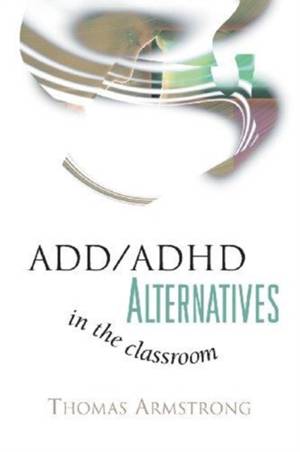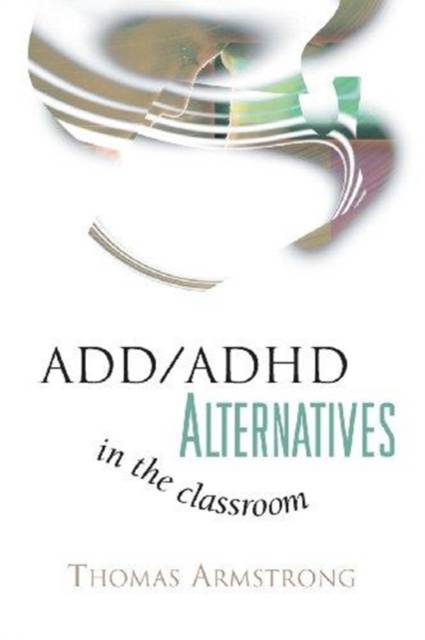
- Afhalen na 1 uur in een winkel met voorraad
- Gratis thuislevering in België vanaf € 30
- Ruim aanbod met 7 miljoen producten
- Afhalen na 1 uur in een winkel met voorraad
- Gratis thuislevering in België vanaf € 30
- Ruim aanbod met 7 miljoen producten
Zoeken
Omschrijving
What does it mean to a kid to be labeled attention-deficit disordered (ADD)? Or to have "hyperactive" added to the label (ADHD)? What can teachers do to boost the success of students with attention and behavioral difficulties? Are we relying too much on medication for these kids and not enough on new perspectives on learning, child development, the child's socioeconomic and cultural background, biological and psychological research, and the learner's emotional and social needs? Armstrong urges educators and parents to look for the positive characteristics in learners who may carry the ADD/ADHD label. Are they bursting with energy? Are they intensely creative? Do they enjoy hands-on learning? Are they natural leaders? Are they unusually introspective and reflective? We need to look beyond a "deficit" approach and embrace a more holistic view of learners that includes teaching to their multiple intelligences, learning styles, and other brain-friendly approaches. For example, here are some classroom activities for kids who "can't sit still" Learning spelling words by having kids jump up out of their seats on the vowels and sit down on the consonants. Mastering the multiplication tables by forming a conga line, moving around the classroom counting from 1 to 30 out loud, and on every multiple of 3 shaking their hips and legs. Showing patterns of molecular bonding in chemistry class through a "swing your atom" square dance.
Specificaties
Betrokkenen
- Auteur(s):
- Uitgeverij:
Inhoud
- Aantal bladzijden:
- 138
- Taal:
- Engels
Eigenschappen
- Productcode (EAN):
- 9780871203595
- Verschijningsdatum:
- 1/12/1999
- Uitvoering:
- Paperback
- Formaat:
- Trade paperback (VS)
- Afmetingen:
- 155 mm x 228 mm
- Gewicht:
- 195 g

Alleen bij Standaard Boekhandel
+ 64 punten op je klantenkaart van Standaard Boekhandel
Beoordelingen
We publiceren alleen reviews die voldoen aan de voorwaarden voor reviews. Bekijk onze voorwaarden voor reviews.








